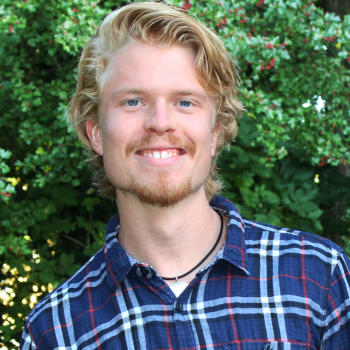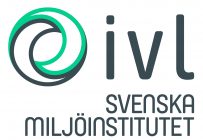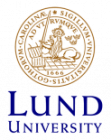Characterisation of municipal wastewater
Major investments will be required in the next few years to deal with aging infrastructure, population growth, urbanisation and new emission requirements at municipal wastewater treatment plants (WWTPs). These investments are preceded by evaluation, design and optimization, which in turn require access to good data to provide security in the decisions made and to ensure cost-effective solutions.
Existing load data from WWTPs are important, but are often deficient, and standard values for concentrations and mass flows for different substances and quotas between these are often used. Data are often based on older references, while easily accessible, updated and compiled statistics for Swedish WWTPs are lacking. Design and investigations are thus carried out with potentially outdated data, which can lead to uncertain calculations and unnecessarily high costs.
In Sweden, BOD7 is often used as a measure of biodegradable organic material in the design and evaluation of ARV. BOD7 is an analysis parameter that has high measurement uncertainty (20-30%) and only gives an idea of how much oxygen has been consumed after seven days. The analysis does not provide information on how quickly the decomposition of the organic material takes place or how much can be separated in a pre-filtration or sedimentation, which has a great influence on how a WWTP can be designed.
Internationally, there are many examples of how a detailed characterisation of wastewater can be performed. The total amount of oxygen-consuming substances (COD), nitrogen and phosphorus is divided based on bioavailability and particulate, colloidal and dissolved fractions, which provides a better basis for suitable treatment methods than analytical parameters such as BOD7. Methods for estimating how the load varies during the day are also available. Even dissolved inert fractions, which pass a WWTP without being converted, can be estimated. In Sweden, it becomes increasingly important to take inert fractions into account when the emission requirements become tougher and when fractions that cannot be treated with traditional purification technology make up a larger proportion of what is emitted.
Preliminary results from an ongoing Swedish Water and Wastewater Association Development project (20-105) show that uncertainties in the characterisation of wastewater have a major impact on the dimensioning result.
Since the characterisation can be performed with different methods, there is a need to test and describe which methods are suitable to use in Sweden. In addition, there are no comprehensive statistics on variations and reasonable intervals for different fractions for Swedish conditions. These statistics would increase the reliability of the results in practical use. A compilation of clear guidelines regarding methods and typical values for characterisation for Swedish conditions would be a valuable step in further facilitating both traditional process design and modelling.
The purpose of the project is to improve the conditions for good design, evaluation and digitisation of municipal WWTPs by
- updating available standard values regarding variations of incoming load, substance levels and quotas for WWTP; and
- making available and increasing the credibility of methods for detailed characterisation of incoming wastewater.
The project is part-financed by Swedish Water and Wastewater Association Development (project number 21-102).
Project manager
Christoffer Wärff
PhD Student, RISE












